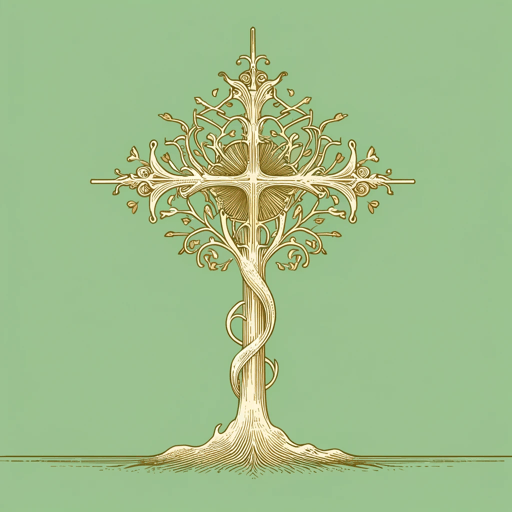30 pages • 1 hour read
AnonymousThe Dream of the Rood
Fiction | Poem | Adult | Published in 1996A modern alternative to SparkNotes and CliffsNotes, SuperSummary offers high-quality Study Guides with detailed chapter summaries and analysis of major themes, characters, and more.
Literary Devices
Form and Meter
“Dream of the Rood” is written in alliterative verse. In Old English, the poem is not divided into stanzas, although translations (like the one this guide uses) may use stanzas for ease of organization. “Dream of the Rood” is a highly rhythmic poem, meant to be read aloud or recited, but its rhythm comes not from rhymed lines but from alliteration, assonance, and consonance.
Alliterative verse uses alliteration—the repetition of similar initial consonant sounds close together—as its organizing structure. The poem is written in long lines, known as hypermetrical lines, with typically four stressed syllables per line. The stressed syllables are usually the alliterative syllables. For instance, in Line 6a, “dragged out in dazzle, brightliest of beams,” the stresses occur on the alliterative words. Other examples of alliteration in the poem include “Thoroughly gotten in gold, poured & pouring” (Line 6b) and “Pained perplexed & punctured” (Line 59). “Poured and pouring” (Line 6b) is also an example of assonance, where vowel sounds are repeated close together. Here, the long o sound is repeated. Instances of consonance, where a consonant sound is repeated close together, include the repeated r sound in Lines 33b-34: “Then I spotted the first free-born/ racing bracing with bravado.
Related Titles
By Anonymous

Arabian Nights
Anonymous
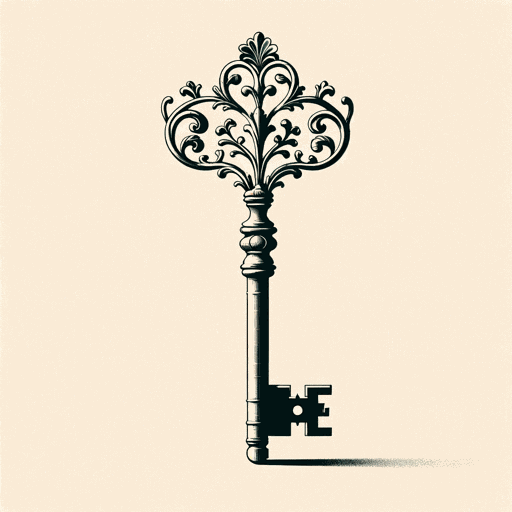
Arden of Faversham
Anonymous

A Woman in Berlin
Anonymous

Bible (New Testament): English Standard Version
Anonymous
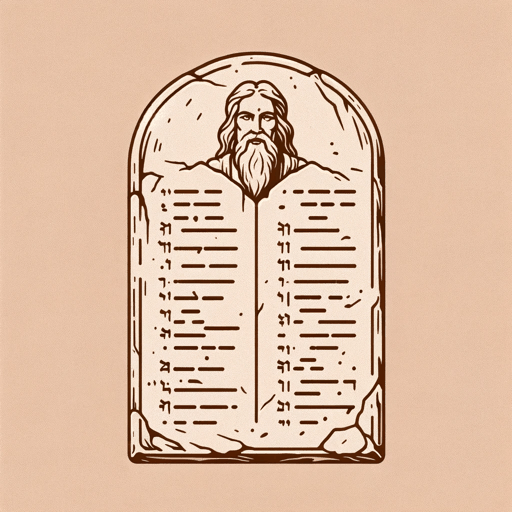
Bible: Old Testament: English Standard Version
Anonymous

Deuteronomy
Anonymous

Diary of an Oxygen Thief
Anonymous

Do Not Stand at My Grave and Weep
Anonymous
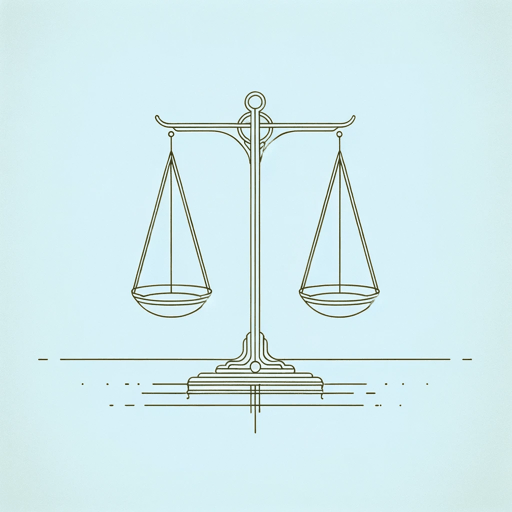
Everyman
Anonymous

Hebrew Bible
Anonymous

Holy Bible
Anonymous

Homeric Hymns
Anonymous
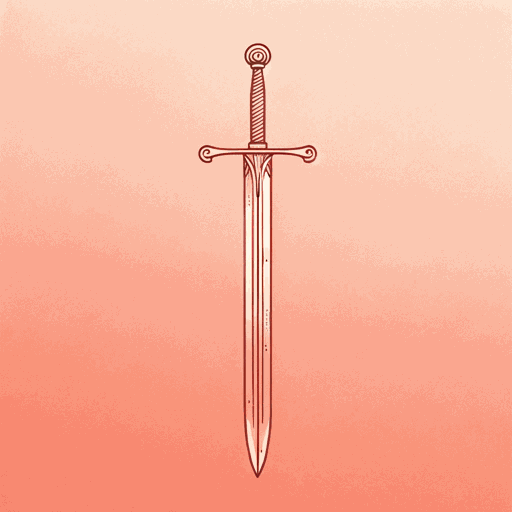
Judith
Anonymous

Laxdaela Saga
Anonymous
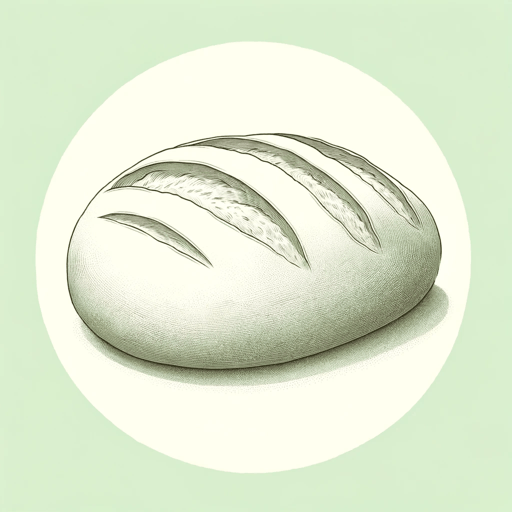
Lazarillo De Tormes
Anonymous

Mahabharata
Anonymous
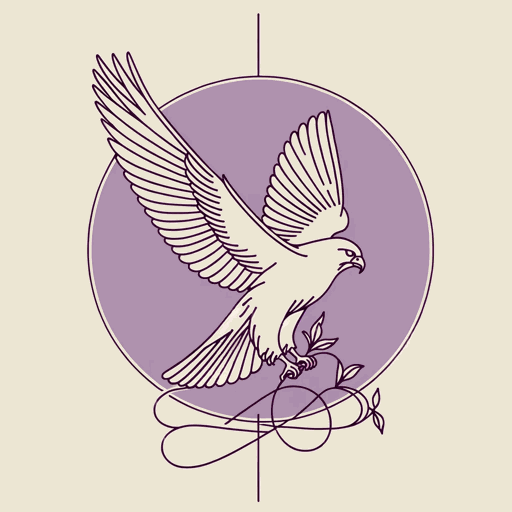
Nibelungenlied
Anonymous

Njals Saga
Anonymous

One Thousand and One Nights
Anonymous
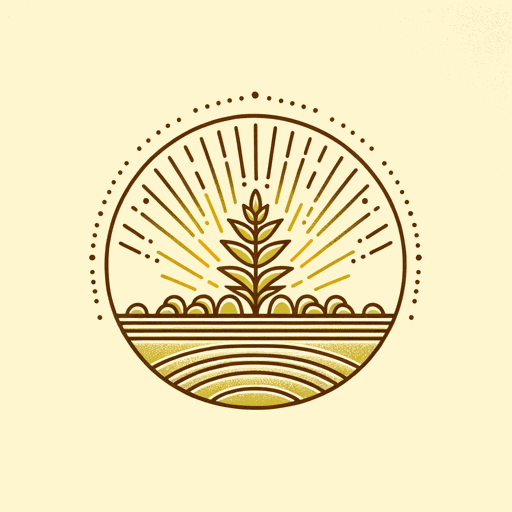
Popol Vuh
Anonymous
